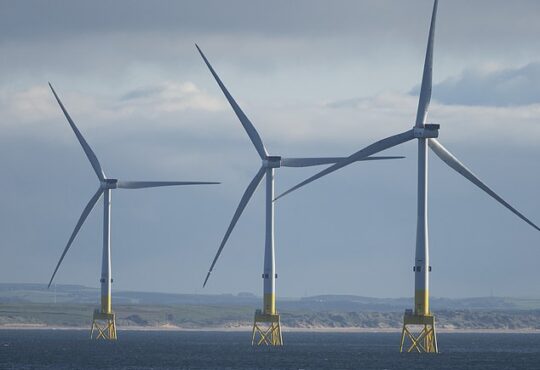
Title goes here
In this series, we bust the jargon and explain a popular investing term or theme. Here it’s Doves and Hawks.
Why the talk about birds?
Interest rates are going up in the UK, US and Europe, as the Bank of England and other central banks attempt to tackle spiralling inflation. This means more focus on the stance of the advisers and policymakers charged with making decisions about the cost of borrowing – decisions with a huge impact on the economy.
Hawks take an assertive view of interest rates, believing that only aggressive upward moves will suppress inflation. Doves take the more conciliatory stance that the economy will benefit from a softer strategy on rates. The adjectives ‘hawkish’ and ‘dovish’ are used to describe the two positions.
These avian references began to be used widely with regard to the economy in the 1960s. But the terminology seems to have its roots in the war of 1812 between the UK and the US and its allies.

Flight risk: Hawks take an assertive view of interest rates, believing that only aggressive upward moves will suppress inflation, while doves take the more conciliatory stance
The hawks backed the hostilities, the doves were against. The stereotyping of doves as peaceful and hawks as aggressive dates back to ancient times, although doves protect their territory with vigour.
Which view dominates in the UK?
The hawks are in the ascendant. earlier this month the Bank of England’s rate-setting monetary policy committee (MPC) ordered a 0.75 percentage point rise in the base rate, the largest in 33 years. The base rate stands at 3 per cent, with many speculating by how much further it will have go up. The bank’s governor Andrew Bailey – who many think should have turned hawkish sooner than he did – said the rate ‘will have to go up by less than currently priced into financial markets’. This was seen as surprisingly dovish. But not all the MPC’s members are convinced that sharp increases are the answer.
Who are the doves?
For the moment, the doves are external members Silvana Tenreyro, a professor at the London School of economics, who recommended a 0.25 percentage point hike, and Swati Dhingra, also an academic at the LSE, who went for 0.50 percentage points.
And who are the hawks?
Seven committee members, including Bailey, his deputy governors – Jon Cunliffe, Dave Ramsden and Ben Broadbent – along with the Bank’s chief economist Huw Pill voted for the increase.
Also hawkish were Jonathan Haskel, professor of economics at imperial College Business School and Catherine Mann, formerly global chief economist at Citibank and at the Organisation for economic Cooperation and Development.
Why the difference of opinion?
The doves may consider that hiking rates increases the risk of tipping the economy into an even deeper and more protracted recession. For the hawks, it is the only cure for the inflation crisis. But note that even Bailey admits that he is ‘flying blind’.
What next?
The MPC meets again on December 15. The international Monetary Fund (IMF) has said that inflation pressures are lessening and data last week showed the US inflation rate fell more than expected, to 7.7 per cent in October, from 8.2 per cent the previous month, sending shares up and bond yields – a barometer for interest rates – down.
But much is conjecture until we learn more about the outlook for the economy in the autumn statement on November 17.
Advertisement






